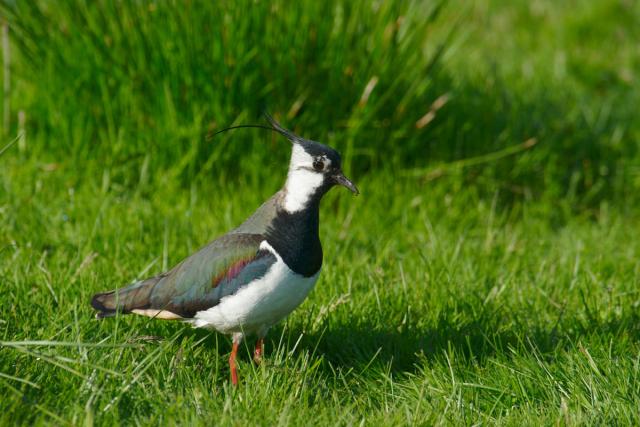
Wildflower meadows
By definition, wildflowers are our native flowers, that are unaltered by people. All of the flowers found in your garden have been bred specifically for certain features, but they all actually originated from wildflowers.
They are great for biodiversity
A single healthy meadow can be home to over 100 species of wildflowers, which in turn supports other meadow wildlife. For example, the common bird’s-foot trefoil is a food plant for 160 species of insects, which in turn support mammals and birds such as shrews and lapwings.
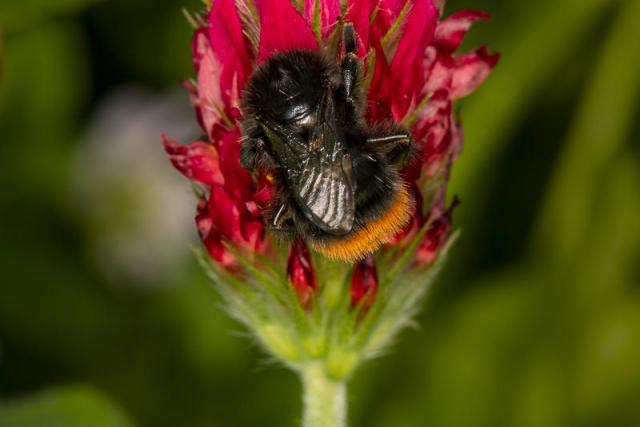
They provide food
Wildflowers provide bees, butterflies and other pollinators with food throughout the year. On a single day in summer, one acre of wildflower meadow can contain 3 million flowers, producing 1 kg of nectar sugar. That’s enough to support nearly 96,000 honey bees per day. Over a third of the world’s food relies on insects to pollinate them. Without insects, we’d need to artificially pollinate most of our favourite fruit and veg, which would be really time-consuming and very costly.
They can help with flooding
Established wildflower meadows have complex root systems, which makes the soil very stable. This helps to mitigate flooding by holding on to rain water, and stops nutrients from washing away.
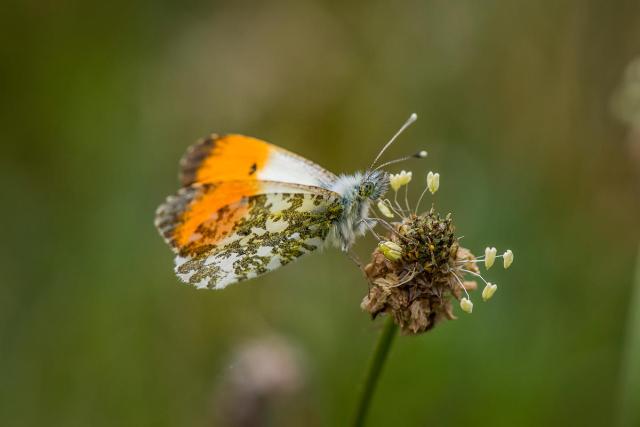
They can help us fight disease
Native wildflowers can contain compounds which have made a significant contribution to modern medicine. Flowers such as self-heal have antibiotic properties - there’s a clue in its common name, as folklore has recognised its healing properties for centuries. And foxgloves contain a compound called digitalin that can be used to treat heart disease. These are just two of many examples and scientists are discovering more all the time.
They can help fight climate change
Grassland soils can sequester as much carbon as woodland and also reduces greenhouse gases, which can help us in the fight against climate change.
They're at risk
Since the 1930s, we’ve lost 97% of our wildflower meadows in the UK, which is a staggering amount and we need to act now to make sure they don’t completely disappear.
The importance of Wildflowers
33%
A third of wild pollinator species (33%) decreased between 1980 and 2013
96,000
On a single day in summer, one acre of wildflower meadow can contain 3 million flowers, producing 1 kg of nectar sugar. That’s enough to support nearly 96,000 honey bees per day.
41%
41% of UK species studied have declined since 1970
17%
Butterflies and moths have been particularly hard hit with numbers of butterflies down by 17% and moths down by 25%
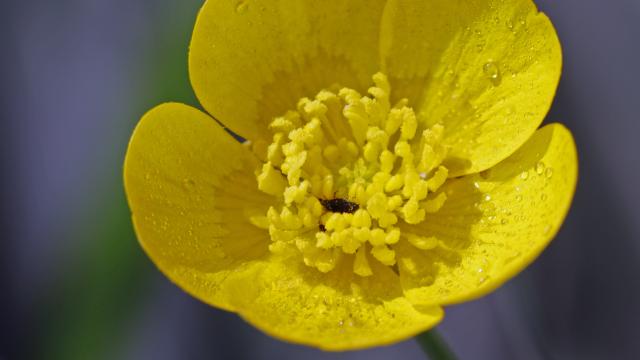
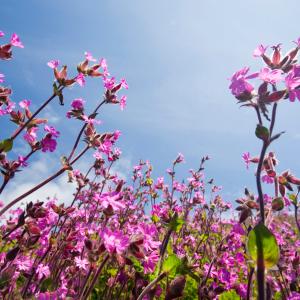 Our guide to growing wildflowers at home
Our guide to growing wildflowers at home
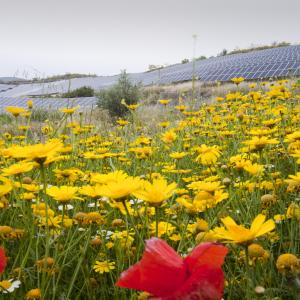 Working with Air Wick to restore UK wildflower
Working with Air Wick to restore UK wildflower
 5 tips on turning your garden into a wildlife haven
5 tips on turning your garden into a wildlife haven
 Our tips on how to bee friendly
Our tips on how to bee friendly